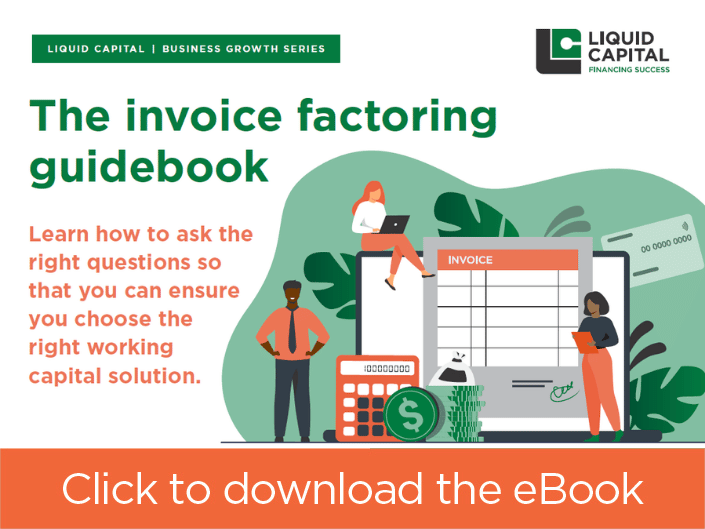Exciting ways to avoid professional burnout
While we’ve all heard about the importance of self-care, sometimes taking a different approach to unwinding and relaxing is just what’s needed to avoid professional burnout.

You may be living your dream — running a company you’re passionate about and leading a great team. But when your phone is buzzing at 2 am, clients have questions only you can answer, and you’re carrying the weight of your company’s success on your shoulders, it’s hard to avoid letting the stress take over.
The dangers of getting too close to the dreaded burnout zone are real for business owners — especially as inflationary concerns, supply chain, and staffing issues continue to grow.
As a survey from the Canadian Federation of Independent Businesses revealed, two-thirds of small business owners reported that they were close to burning out. And this is a phenomenon being experienced across the border as well.
Gallup’s most recent State of the Global Workplace report found that 50% of employees felt stressed daily – making North American workers among the most stressed in the world.
Although professional burnout is a work phenomenon, it creates negative physical, emotional and behavioural effects (such as headaches, poor sleep, self-doubt, helplessness, isolation and frustrations) that can seep into all aspects of life.
Many of us have heard about the importance of taking daily walks, disconnecting from our devices or getting a good night’s sleep to avoid reaching the burnout zone. But if these standard de-stressing techniques aren’t cutting it anymore, it may be time to add a few more tricks to your repertoire.
Here are some unexpected ways to proactively avoid professional burnout before it starts:
Get (your office) back to nature

It’s always a nice idea to take a walk when stressed. But if work is calling non-stop, it may be challenging to take an actual break, find a trail and breathe some fresh air. If this is the case for you, finding solace in your own space can be a great alternative.
Consider bringing the outside in by adding a few plants into your office — the time you spend tending to them or simply admiring them can have a temporary calming effect.
On a larger scale, the trend of bringing nature into the workplace is known as ‘biophilic design‘. It involves incorporating indoor plants, natural light and natural materials (such as wood or water features) into your office.
For example, industrial analytics firm Uptake in Chicago has worked in natural carpet and other materials throughout its office, including wood beams, green walls, plants and a yoga room with foliage.
The benefits of this approach can be significant. As one Harvard study showed, individuals working in spaces with biophilic features were more creative and had «consistently lower physiological stress indicators.»
Look to alternative solutions

Along with greening your office, other natural remedies may go a long way to providing stress relief. Edward F. Group III, CEO of Global Healing Center, told Inc.com magazine that having live plants in the office environment, combined with other strategies like deep breathing exercises, favourable lighting and essential oils, helps to reduce stress during the workday.
Certain essential oils, such as lavender or chamomile, have been heralded for their stress and anxiety-fighting benefits. If you want to benefit from their healing properties, consider diffusing these oils at your desk or switching your afternoon coffee to a calming herbal tea.
It’s also beneficial to pay attention to your breath when you’re feeling burnt out — odds are, it will be shallow, making you feel more anxious.
Focusing on closing your eyes and taking slow, deep breaths through your nose, out through your mouth, and letting your lower abdomen rise and fall for a few minutes will help slow your pulse down. Do this a couple of times daily to give your body a reliable go-to stress-buster when needed.
And don’t ignore the advantages of the right lighting. As one CEO told Entrepreneur, bringing a minimalist LED floor lamp into his office helped improve his mental health and eased feelings of stress and fatigue — especially when he found himself burning the midnight oil.
Push the boundaries of your comfort zone

As a business owner, you might be tempted to fill your free time with new client meetings, professional development opportunities, or other activities focused on driving your company towards important goals.
While these moves are great for your business, they keep your mind in work mode and don’t do much to help you avoid stress. Instead, it’s time to think outside the box and dedicate part of your week to something completely different.
A study from the U.K.’s University of Sheffield found that leisure activities far removed from someone’s day-to-day work can give people time to develop themselves. It also boosts confidence and recharges one’s batteries — as long as that hobby uses skills different from their job.
Have you always wanted to learn how to DJ in front of a crowd? Maybe you’ve been intrigued by surfing for a while? Perhaps Brazilian Jiu-Jitsu is more your speed?
If you typically spend a lot of time writing, strategizing, speaking at conferences or even playing golf for business development purposes, it’s time to activate a different part of your brain and try something new!
Prioritize your mental health
At the end of the day, prevention is the best prescription to avoid professional burnout. So make it a priority to dedicate a few hours a week to a new pursuit, re-imagine your workspace or begin incorporating natural remedies into your self-care routine.
After all, you need to take care of yourself so that you can take care of your business.

















